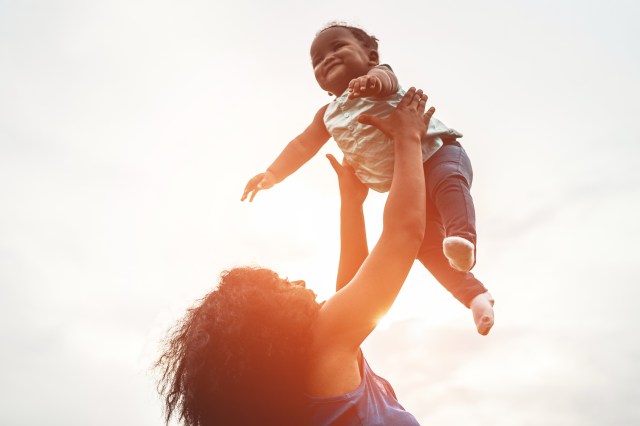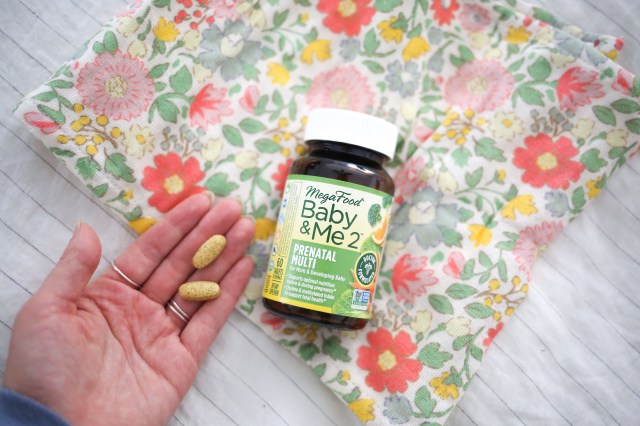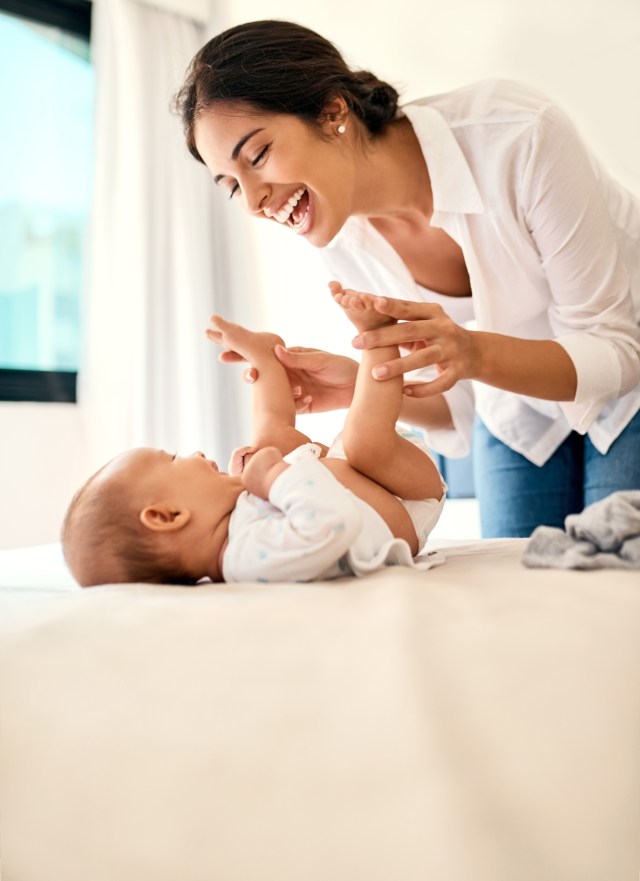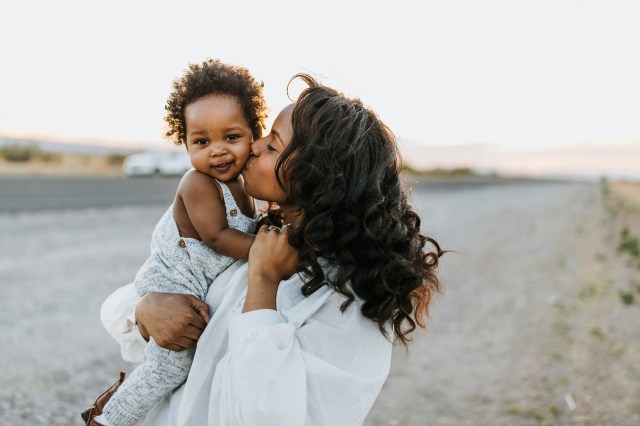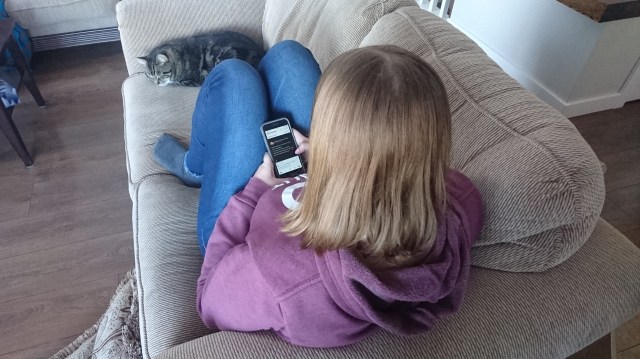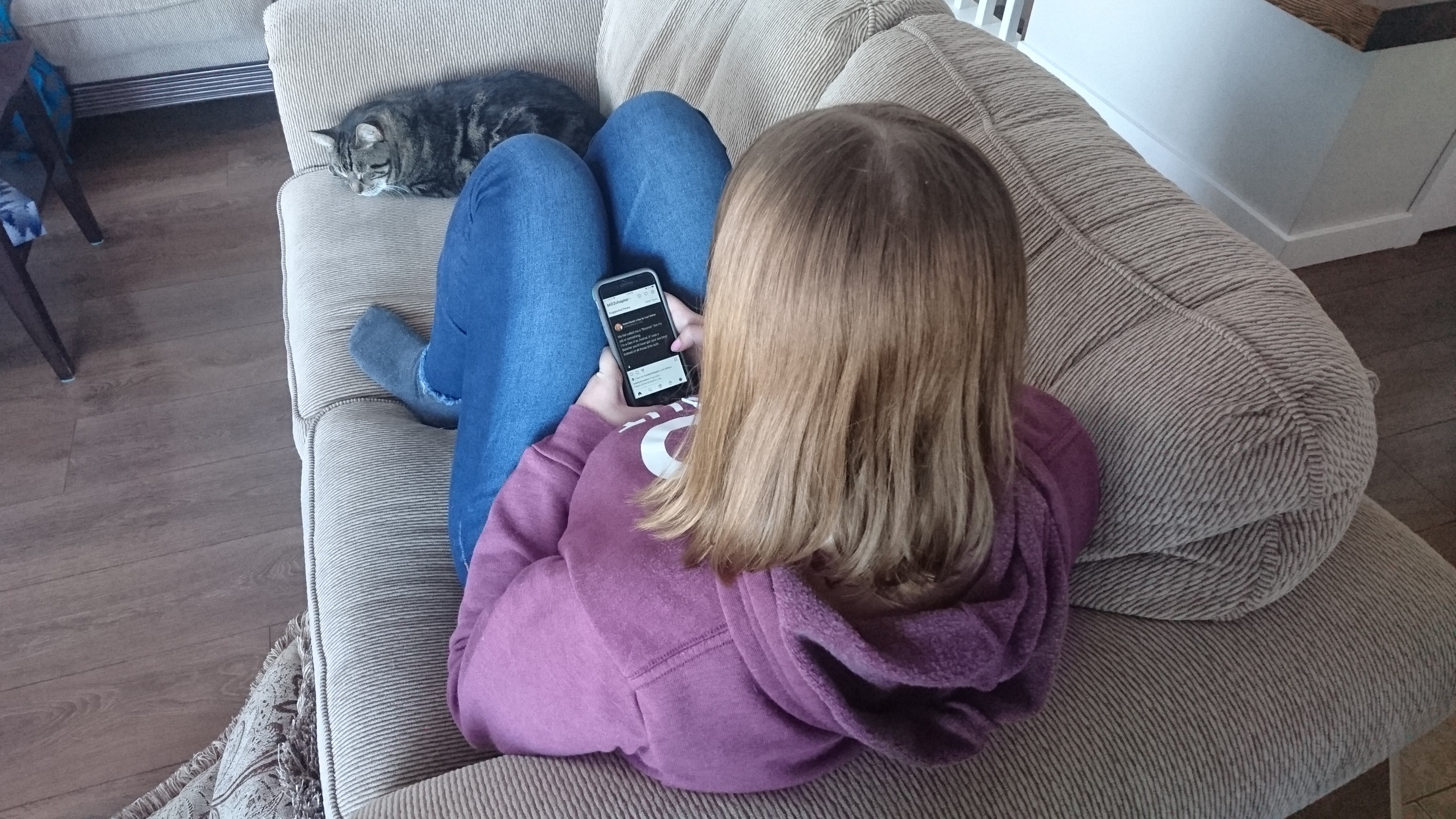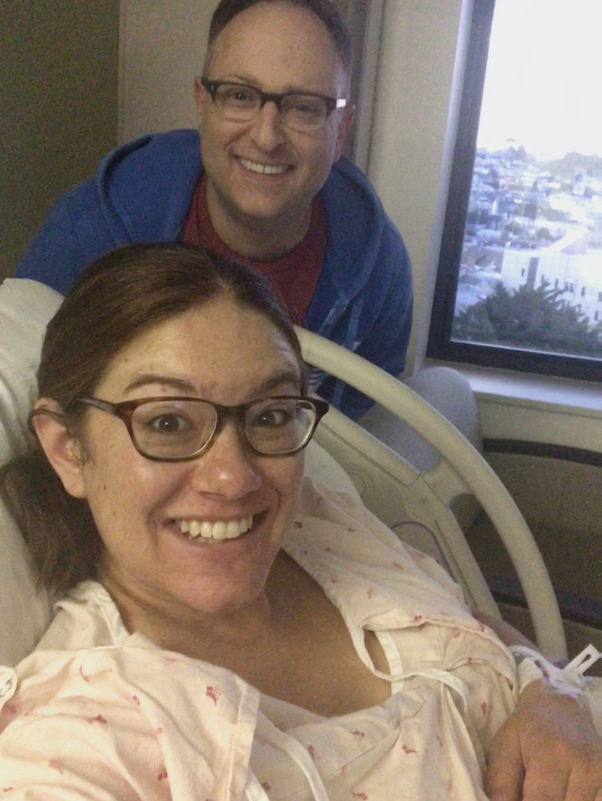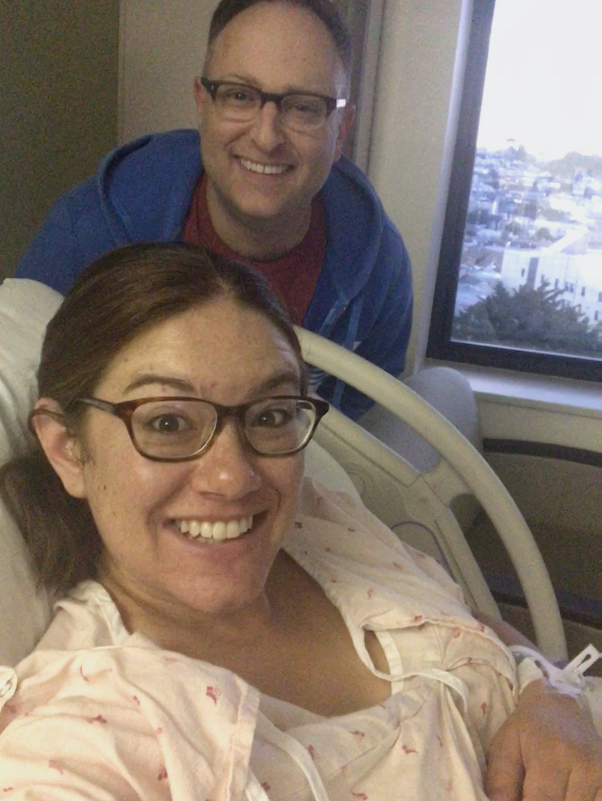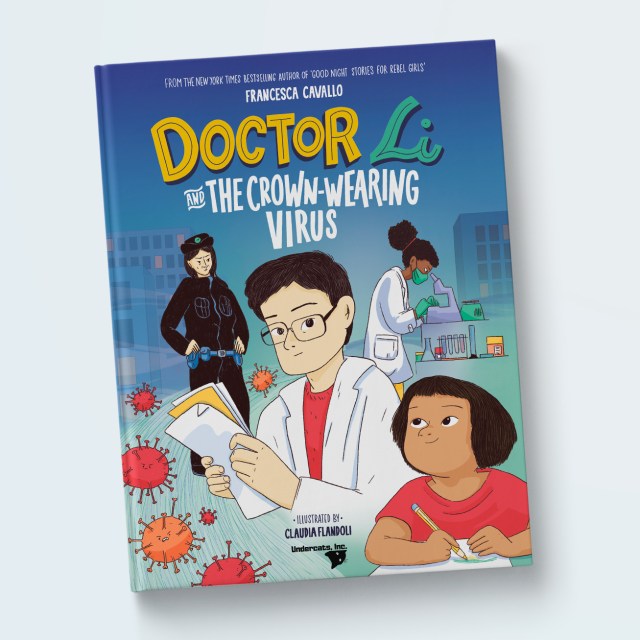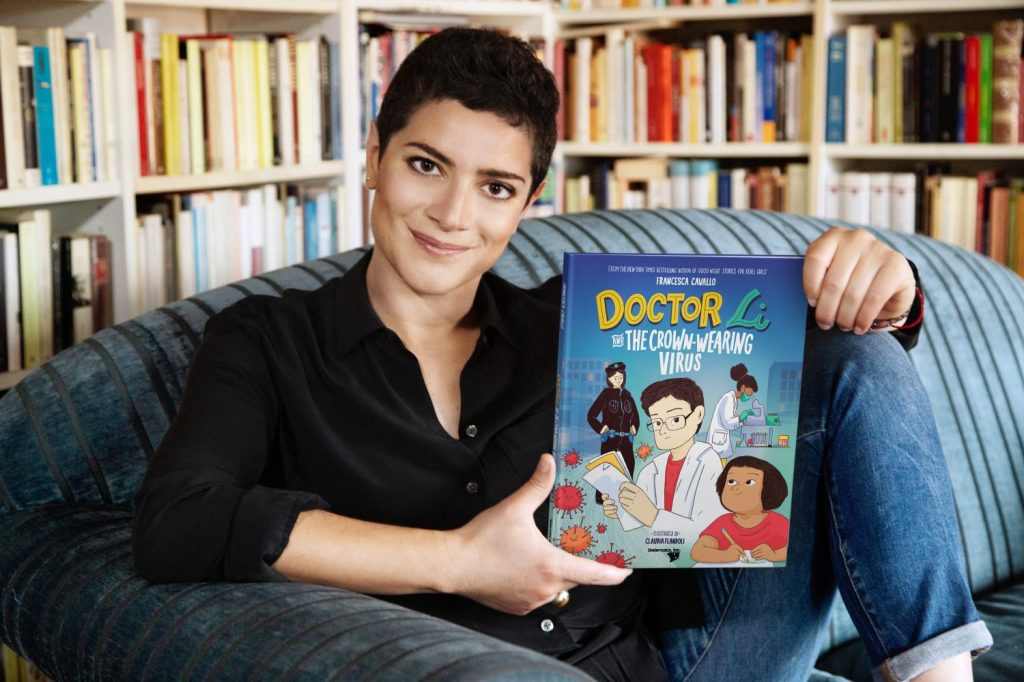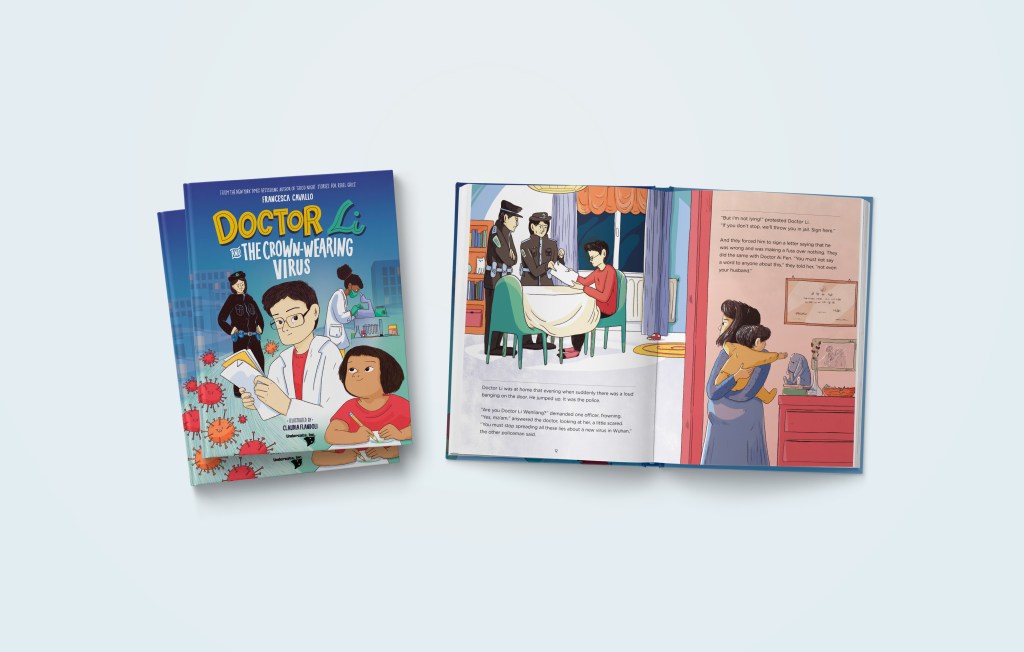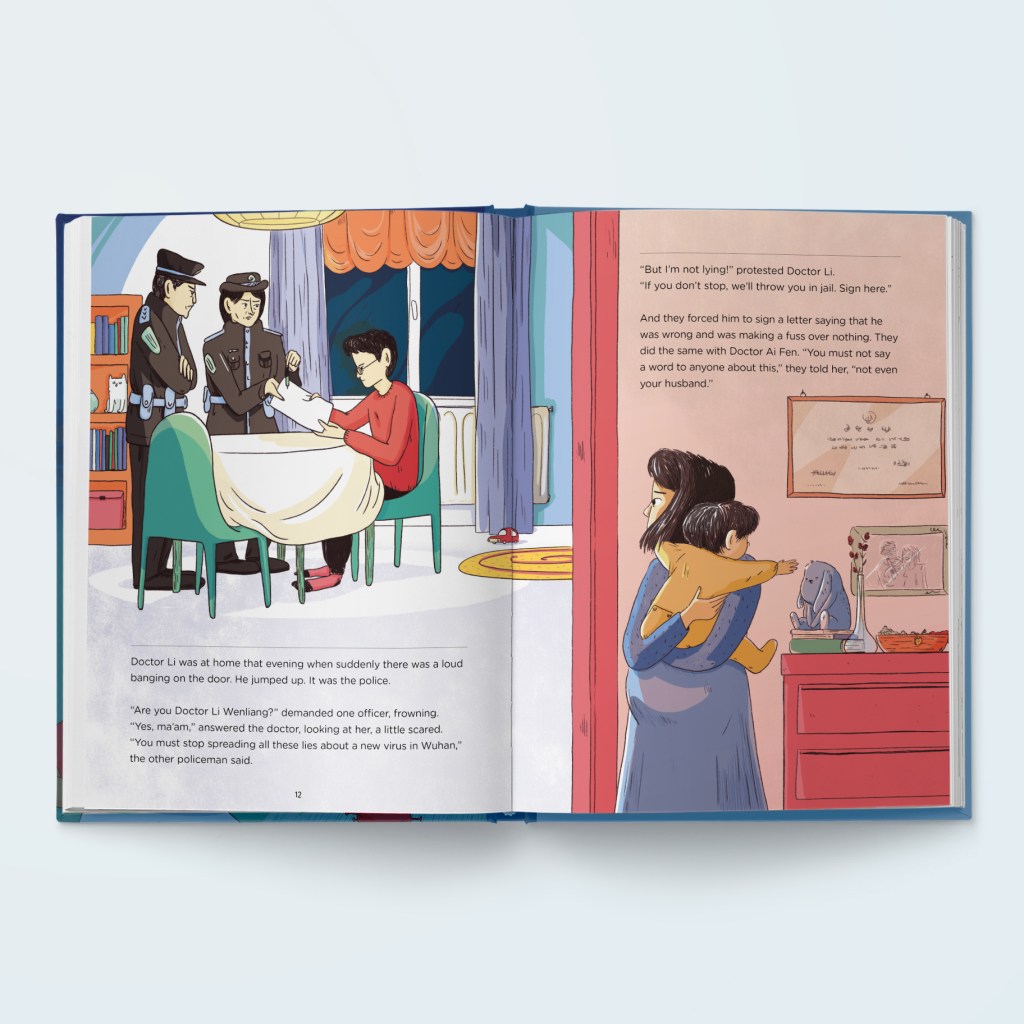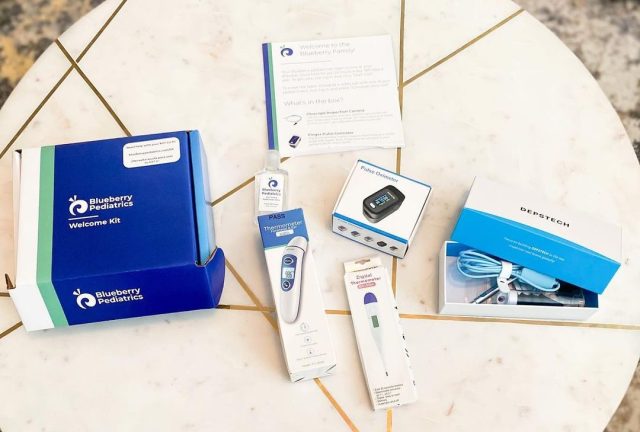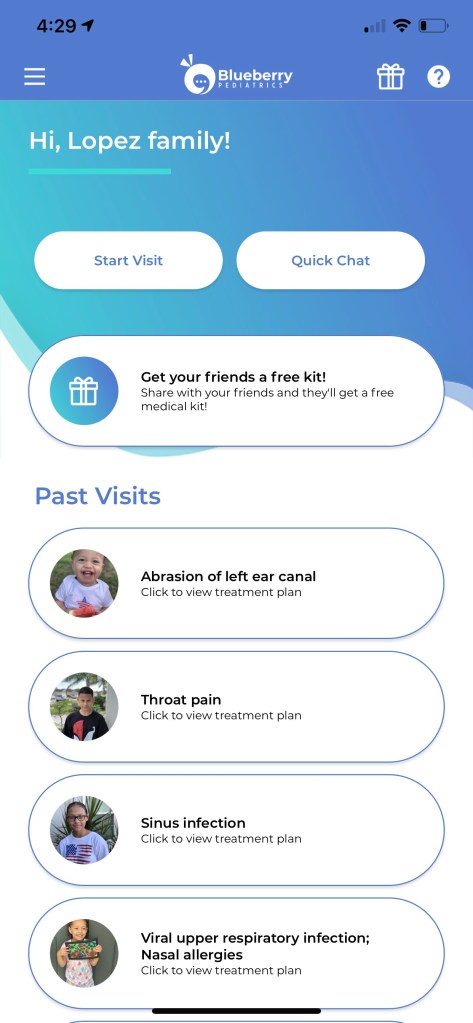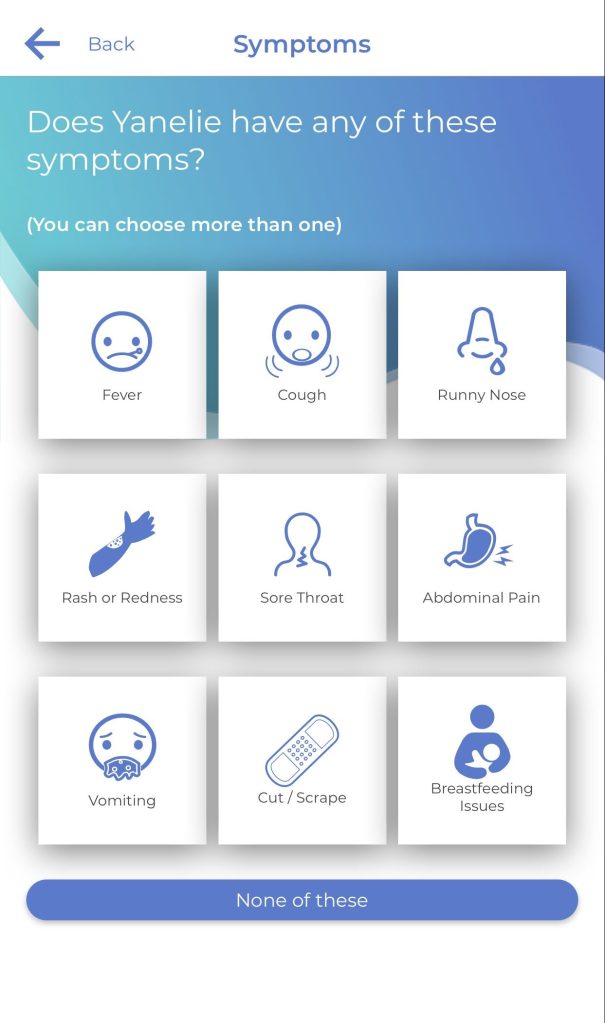I’ve thought about writing this out a thousand times.
And I’ve tried to, just about as often. Writing is how I process and share. Over the past few years, reading the stories and experiences of others, whether through blog posts or Instagram captions, has changed my life. I know that sounds dramatic, but so be it.
At first, in the early days after my son’s diagnosis, I couldn’t write and share because it would make it too real. It wasn’t the endless assessments and specialist appointments and forms to fill out, but seeing my own words, my own experience written out—it was too much. I also struggled with the fact that this is my son’s story. I am a supporting cast member, one who will never be able to understand his daily struggles, the amount of work and effort required to do what others consider simple daily tasks. That this is his story to share when, hopefully, he is one day able to. Who am I to broadcast his diagnosis and daily life to the world?
Who am I? I’m his Mom. His advocate. His haven. The second I saw the positive on the pregnancy test. The first ultrasound where this little bean on the screen was floating around. The first flutter. The first second after the doctor placed him on my chest in the delivery room and I didn’t know what else to say but to introduce myself as his Mommy and tell him how much I absolutely love him. Twenty months later, I sat in the developmental pediatrician’s office, listening to her relay what I had been trying to bring to the attention of everyone for months. Then she spoke the words that confirmed everything I already knew. The first (and likely last) time I hated being proven right.
I told myself over and over again that just because he now had the diagnosis of Autism Spectrum Disorder nothing changed. He was still the exact same amazing little boy that he was seconds before the doctor had said the words out loud. We stepped outside and the sky was still blue, people continued along their day and other than the fact that the questions in my heart now had answers and the doubt was replaced by fear, life continued on. Four and a half years later and I’ve remained a spectator to the stories of others. I devour blog posts and articles, Instagram accounts dedicated to the lives of other families going through similar journeys to ours and anything I can find. I crave community and the ability to say, “us too!” but never put myself out there.
Recently in the middle of meltdowns or IEP meetings or while consulting with therapists, when I feel like no one else understands, I’ve come to discover it’s because of me. How could anyone else ever understand us when I don’t share? When I don’t offer my story or my experiences? I’ve only been more than happy to sit back and benefit from those brave families who do share. So while this is his story and I will never, ever even attempt to speak for him, my brave and incredible son, who I am so in awe of every single day, and what it means to be him, it’s also a part of my story.
This is for those Moms who just received their child’s diagnosis and aren’t ready to open up but desperately need to know they aren’t the only ones in the world with this new journey ahead of them. I’m adding my voice to the ring and to let you know you aren’t alone. While our children have endless people entering their lives now in the form of specialists, therapists, teachers, doctors and more, and while the spotlight is rightfully shone on them as they begin to navigate their way through supports and programs with you by their side, the need for a community for us—the caregivers, parents, and siblings—is just as important.
Whether you find that community in your neighborhood, on Instagram or through posts like this one, find it and hold on to it. I won’t end this with one of the trillion things people always feel compelled to say upon learning of a diagnosis, I won’t even say I understand because my son’s Autism is not your child’s Autism. All I’ll say is that you’re not alone because sometimes that’s really all we need to hear.







